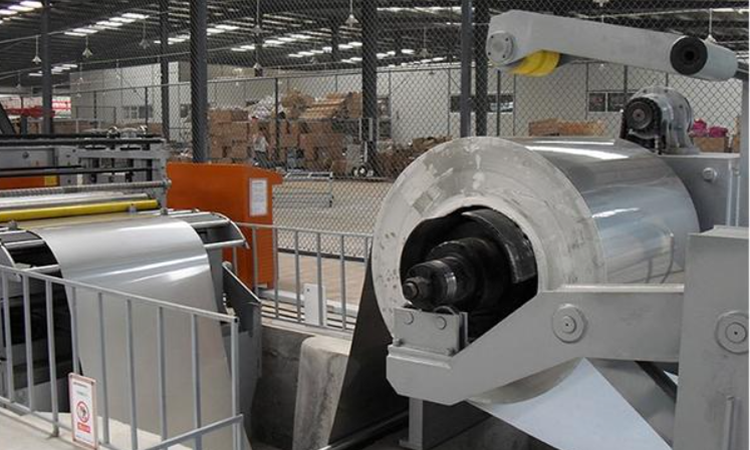Copper foil products are mainly used in lithium battery industry, radiator industry and PCB industry.
1.Electro deposited copper foil (ED copper foil) refers to copper foil made by electrodeposition. Its manufacturing process is an electrolytic process. The cathode roller will absorb metal copper ions to form electrolytic raw foil. As the cathode roller rotates continuously, the generated raw foil is continuously absorbed and peeled off on the roller. Then it is washed, dried, and wound into a roll of raw foil.

2.RA, Rolled annealed copper foil, is made by processing copper ore into copper ingots, then pickling and degreasing, and repeatedly hot rolling and calendering at a high temperature above 800°C.
3.HTE, high temperature elongation electro deposited copper foil, is a copper foil that maintains excellent elongation at high temperature (180℃). Among them, the elongation of 35μm and 70μm thick copper foil at high temperature (180℃) should be maintained at more than 30% of the elongation at room temperature. It is also called HD copper foil (high ductility copper foil).
4.RTF, Reverse treated copper foil, also called reverse copper foil, improves adhesion and reduces roughness by adding a specific resin coating on the glossy surface of the electrolytic copper foil. The roughness is generally between 2-4um. The side of the copper foil bonded to the resin layer has a very low roughness, while the rough side of the copper foil faces outward. The low copper foil roughness of the laminate is very helpful for making fine circuit patterns on the inner layer, and the rough side ensures adhesion. When the low roughness surface is used for high-frequency signals, the electrical performance is greatly improved.
5.DST, double side treatment copper foil, roughening both the smooth and rough surfaces. The main purpose is to reduce costs and save the copper surface treatment and browning steps before lamination. The disadvantage is that the copper surface cannot be scratched, and it is difficult to remove the contamination once it is contaminated. The application is gradually decreasing.
6.LP, low profile copper foil. Other copper foils with lower profiles include VLP copper foil (Very low profile copper foil), HVLP copper foil (High Volume Low Pressure), HVLP2, etc. The crystals of low profile copper foil are very fine (below 2μm), equiaxed grains, without columnar crystals, and are lamellar crystals with flat edges, which is conducive to signal transmission.
7.RCC, resin coated copper foil, also known as resin copper foil, adhesive-backed copper foil. It is a thin electrolytic copper foil (thickness is generally ≦18μm) with one or two layers of specially composed resin glue (the main component of the resin is usually epoxy resin) coated on the roughened surface, and the solvent is removed by drying in an oven, and the resin becomes a semi-cured B stage.
8.UTF, ultra thin copper foil, refers to copper foil with a thickness of less than 12μm. The most common is copper foil below 9μm, which is used in the manufacture of printed circuit boards with fine circuits and is generally supported by a carrier.
High quality copper foil please contact info@cnzhj.com
Post time: Sep-18-2024




